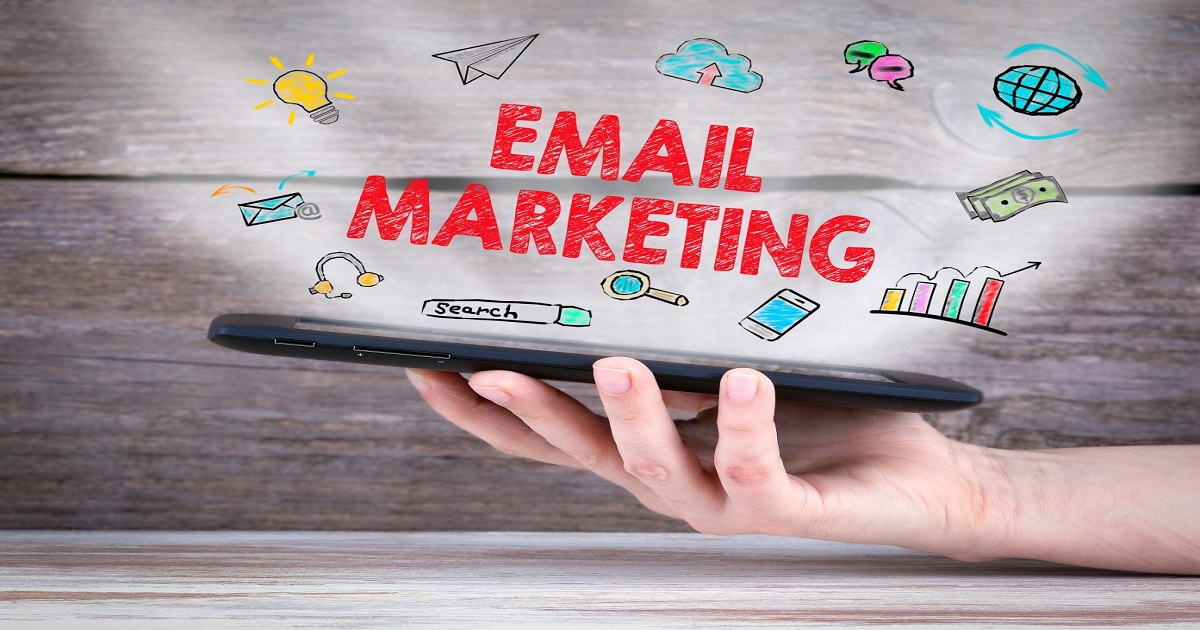Email marketers: Get more creative with customer data
marketingland | May 22, 2019

Customers know what brands have the capabilities to do, and they want brands to speak to them on a more personal level in their marketing messages. Now, people don’t just like seeing tailored emails they’re beginning to expect it. That’s why personalization is one of the most effective ways to improve email conversions, but only if executed properly.So how do you leverage customer data in your emails beyond just including their name in the subject line or sending them a product they’ve already looked at on your site? I spoke with Sterling Crain, Art Director at Yes Marketing, to learn how marketers should get more creative with the use of customer data in their email creative.The easiest way to impress subscribers with personalization techniques is by using first-party data you already have, like loyalty program information, location and name. Here are three creative ways to use customer data to personalize email messages.Display loyalty progress with status bars Your loyalty program should always inform your email marketing strategy, especially since it’s an efficient way to continue gaining information about your customers. One way to excite customers about your loyalty program is to highlight their progress toward new rewards or loyalty tiers with status bar visuals. Status bars display each member’s current activity and history along with a clear call to action for how to earn more points or rewards. Mixing in the different earning opportunities is a good way to create a rotation and add a little bit of variety. Additionally, make the path to access account information or purchase from email as seamless as possible so customers can easily accrue more points. For the biggest impact, make this the second or third module of each email. Progress status bars also present opportunities to use data to promote personalized rewards for each customer. Rather than providing generic offers (e.g., a discount or free shipping) for everyone, spice up it up for your most loyal customers and tailor your offerings based on each shopper’s loyalty status. For example, if a customer needs to spend a certain amount to reach the next level, suggest items you know she’ll like (based on her purchase history) within the price range needed.
Integrate location-based data If you have a brick-and-mortar store, use customer location data to strengthen shoppers’ connections with their local stores. Display the nearest location and hours to each customer based on email open time.